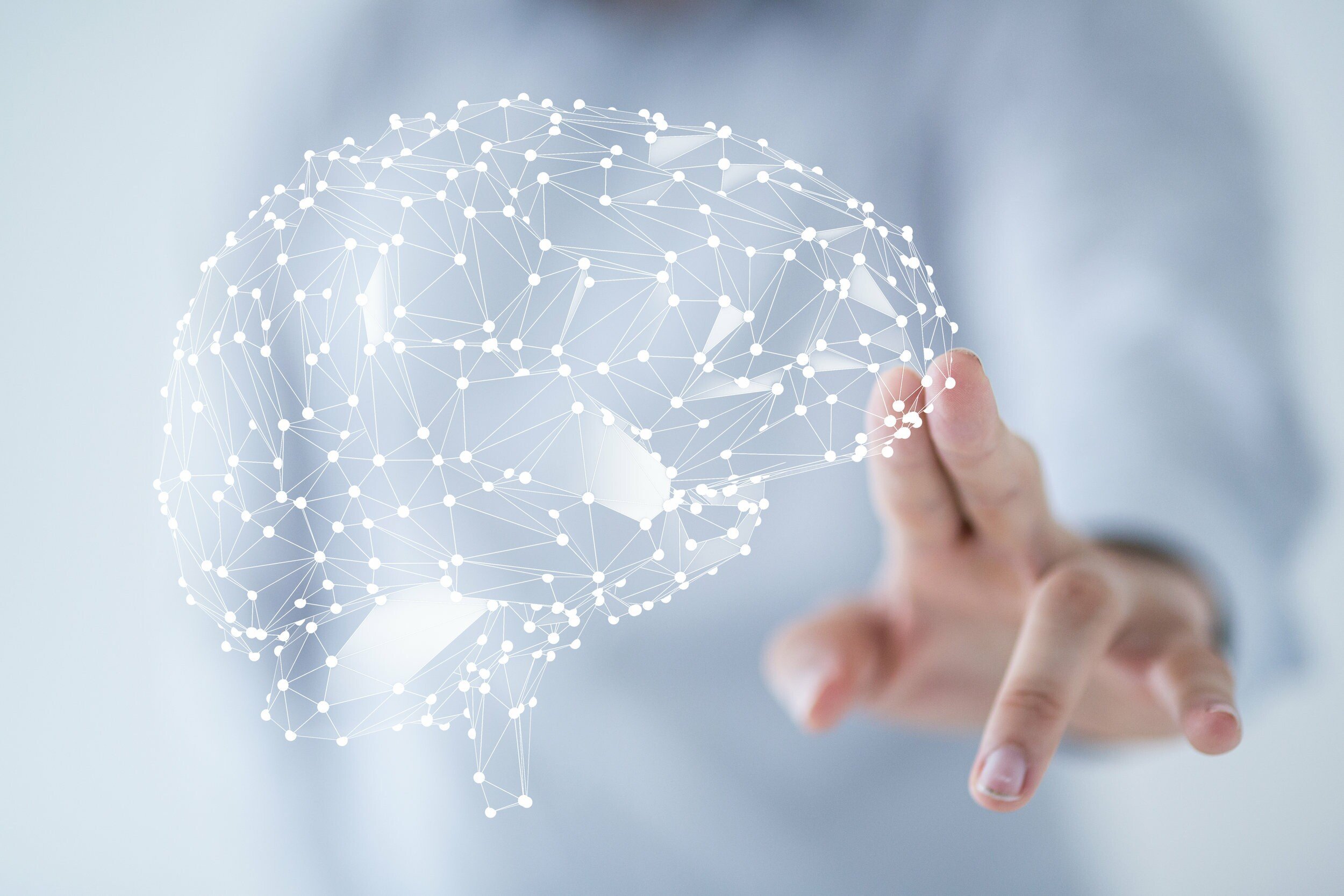
Balance and Vertigo
Did you know that Functional Neurologists use eye movement tests as helpful methods to determine what is wrong with a patient? The disconnection between individual eye muscles during normal motion (such as weakness in one or more of the independent muscles) can be a common sign of vertigo.
While vertigo and balance problems themselves are not life-threatening, they can lead to increased risks of falling and sustaining fall-related injuries. The risk of falling also increases in patients that are over 40 years old or who otherwise suffer from other neurologic deficits and chronic medical problems.
Common signs that accompany vertigo include dizziness (3.9 million emergency room visits for vertigo in 2011 alone), hearing loss, visual impairments, nausea and often result in difficulty driving, difficulty bing in places with a lot of sensory input (grocery stores and concerts) and a constant '“out of body” experience.
Vestibular rehabilitation (VR) is used by functional neurologists to be able to target the various parts of the vestibular system (inner ear, cerebellum), which are at the root of conditions affecting balance and coordination.
VR methods may include various forms of balance stability work, complex patterned movements of the extremities, therapeutic movement with a motorized rotational chair (Gyrostim), positional maneuvers, and/or eye exercises.
What is neuroplasticity and what are neuroplasticity therapies?
Neuroplasticity is the brain’s ability to regenerate connections between neurons. This is GREAT news for all of us, as we can fall victim to concussions and other sudden brain traumas at any minute. There are currently many neuroplasticity therapies that have been developed to allow the brain to heal or improve in function:
VISION THERAPIES:
Eye exercises may be recommended to help strengthen certain parts of the brain that affect function.
COGNITIVE TRAINING:
These brain exercises focus the mind on certain activities or puzzles.
CHIROPRACTIC CARE:
Gentle adjustments may be performed to enhance blood flow to the brain and improve brain function.
CORE STRENGTHENING:
Perfect for those with poor core strength, which can be observed in poor posture, or slumping forward when they sit.
VESTIBULAR (BALANCE) REHABILITATION:
This therapy is provided to children or adults who have difficulty feeling comfortable in their space or have trouble with motion, spinning, or have other vestibular processing or proprioceptive problems.
LIGHT, SOUND, SCENT, AND TOUCH:
These stimulations help with the integration of some primitive reflexes.
We also encourage you to read The Brain That Changes Itself and The Brain’s Way of Healing, by psychiatrist and neuroplasticity researcher, Norman Doige, MD. His books explore the vast world of research surrounding how neuroplasticity can be leveraged to heal the brain and recover function in many different circumstances ranging from chronic pain to Parkinson’s to ADHD, Autism, and even Sensory Processing Disorders.


